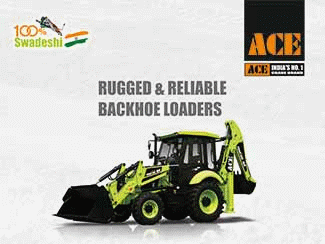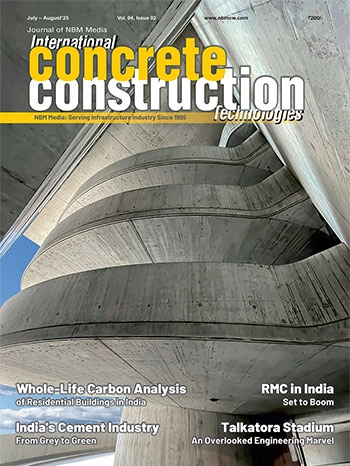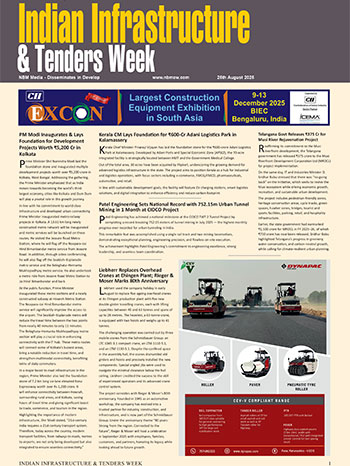Use of Waste Plastic in Construction of Flexible Pavement
Dr. Aslam, Professor & Head, Er. Shahan-ur- Rahman, Lecturer, Department of Civil Engineering, Integral University, Lucknow
A modified technique was developed for construction of flexible pavements. In flexible pavement construction plastic coated aggregate showed better binding property. It has less wetting property and voids.
Introduction

Polymer modified bitumen is emerging as one of the important construction materials for flexible pavements. Use of plastic waste in the construction of flexible pavement is gaining importance because of the several reasons. The polymer modified bitumen show better properties for road construction & plastics waste, otherwise considered to be a pollution menace, can find its use in this process and this can help solving the problem of pollution because most of the plastic waste is polymers.
Various studies (1-5) are being carried out to improve the quality of bitumen used in bituminous road construction. One of the results of such studies is to use polymer-modified bitumen. Use of disposed plastic waste (specially plastic bags) is the need of the hour. The studies on the thermal behavior and binding property of the molten plastics promoted a study on the preparation of plastic waste-bitumen blend and its properties to find the suitability of the blend for road construction.















